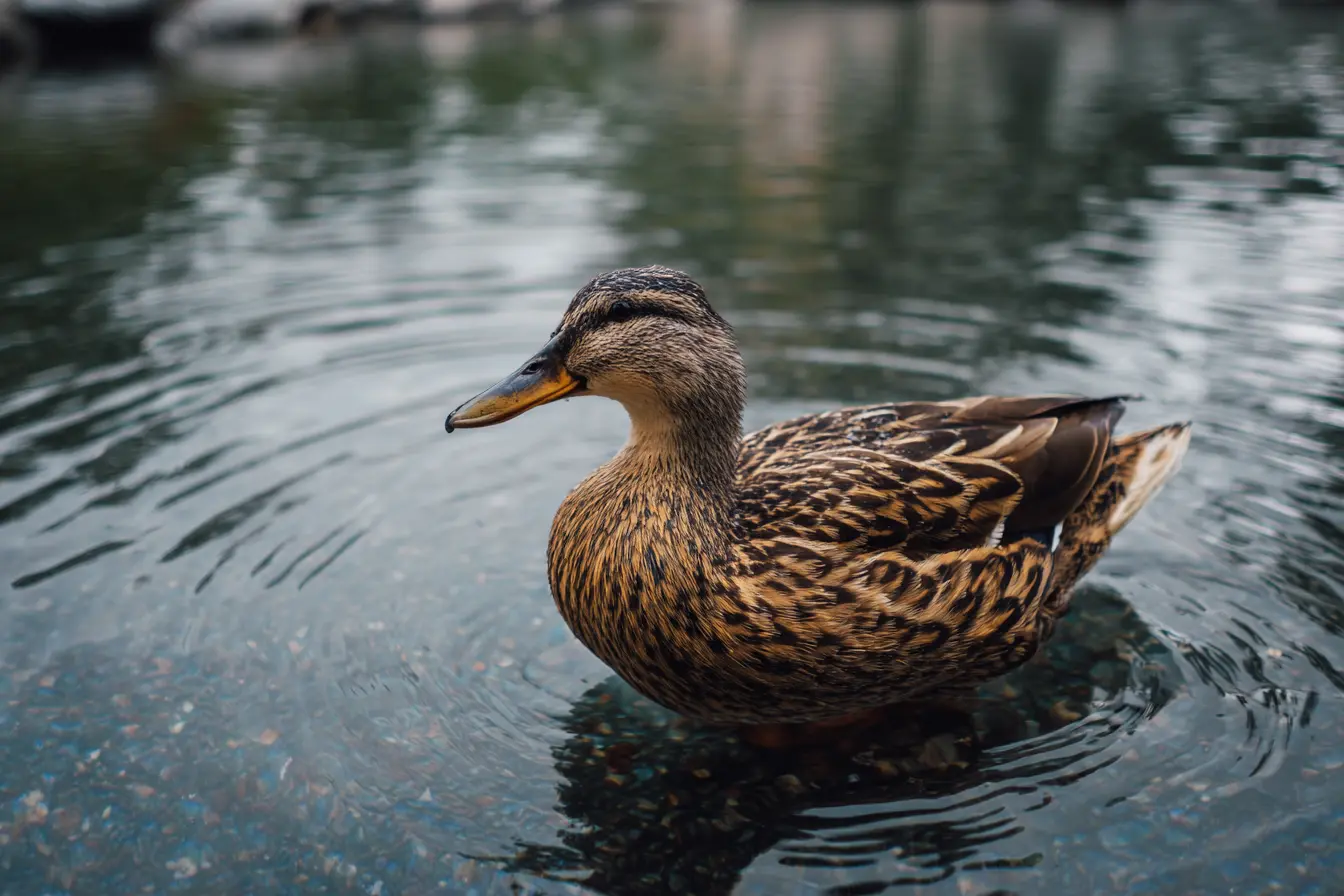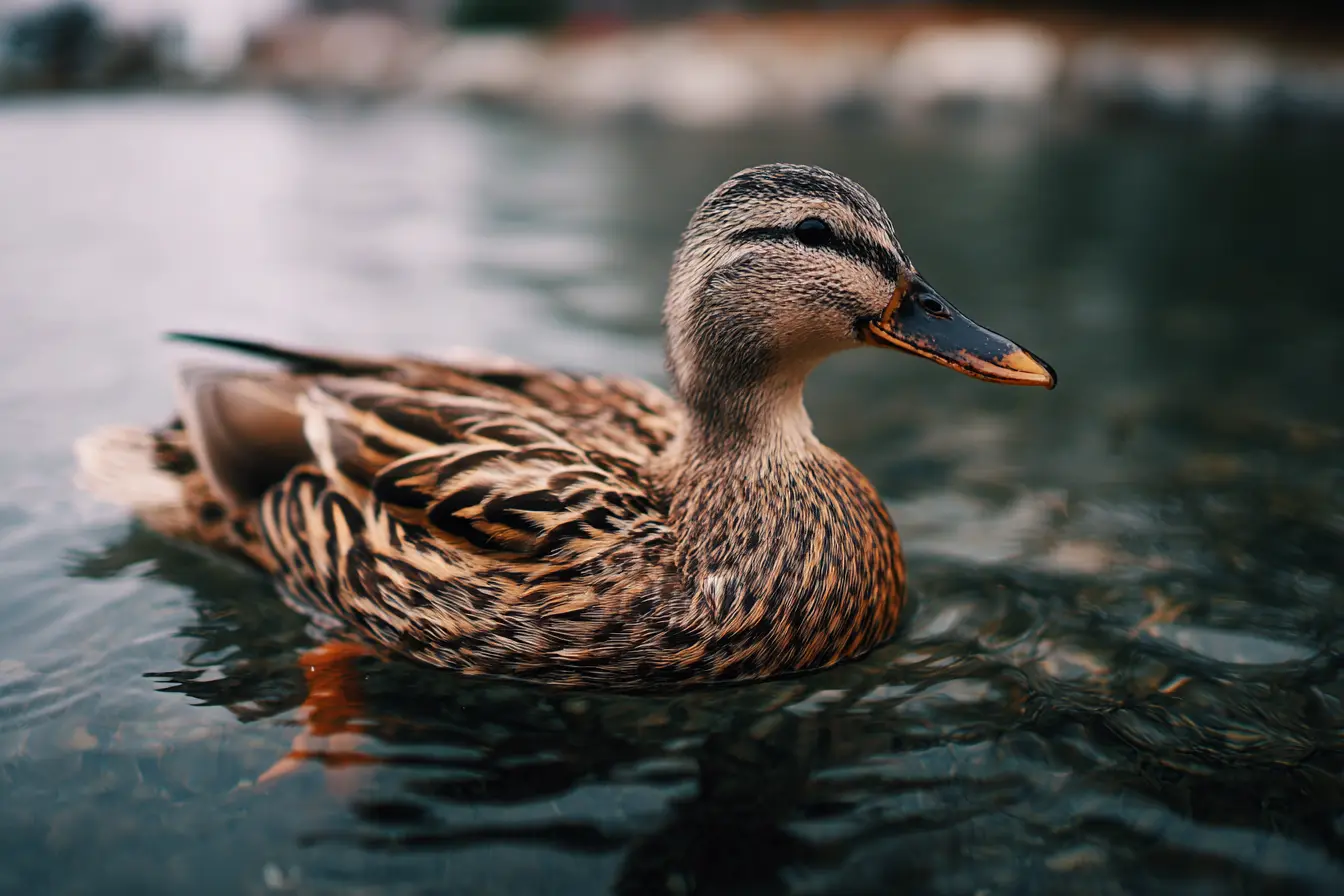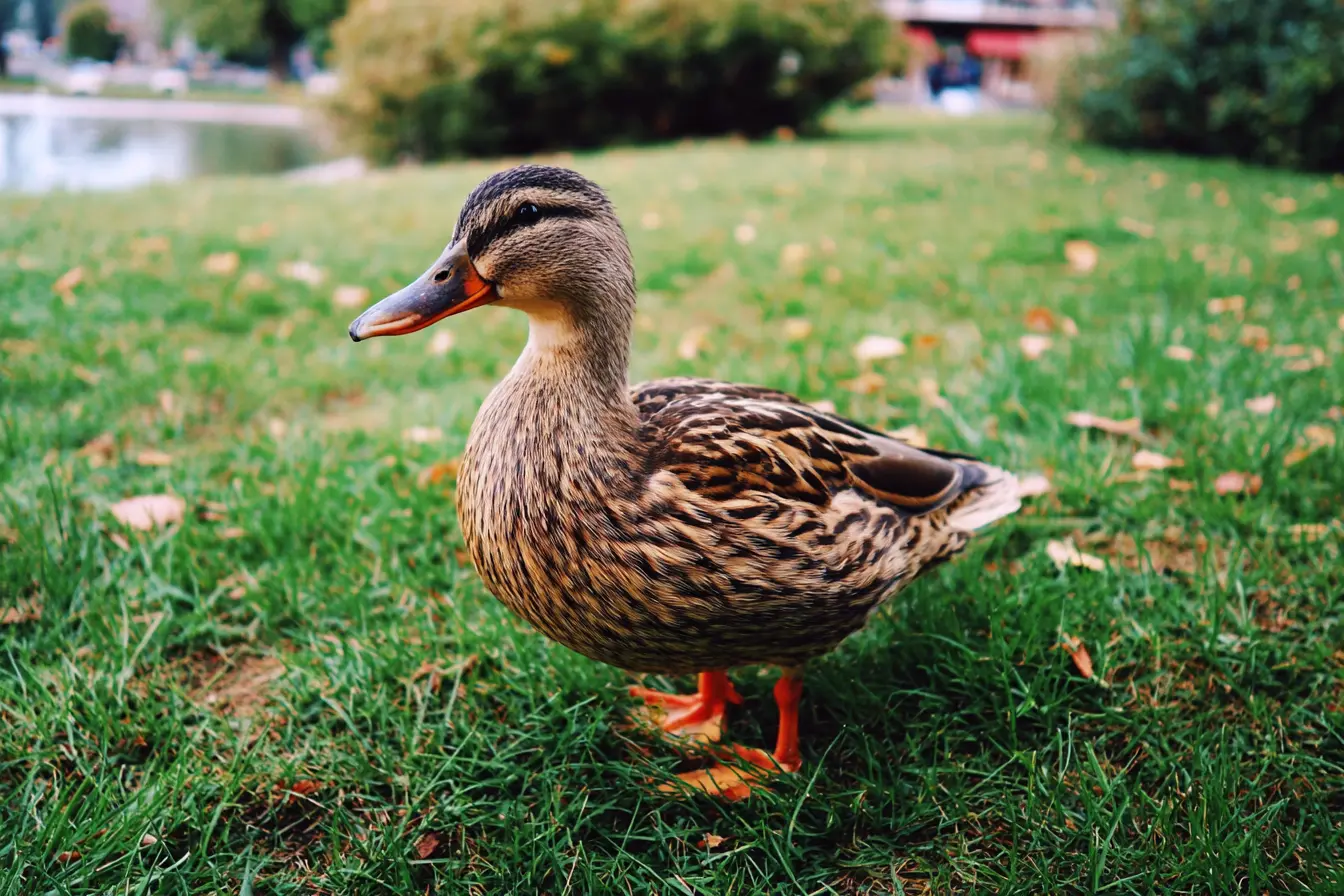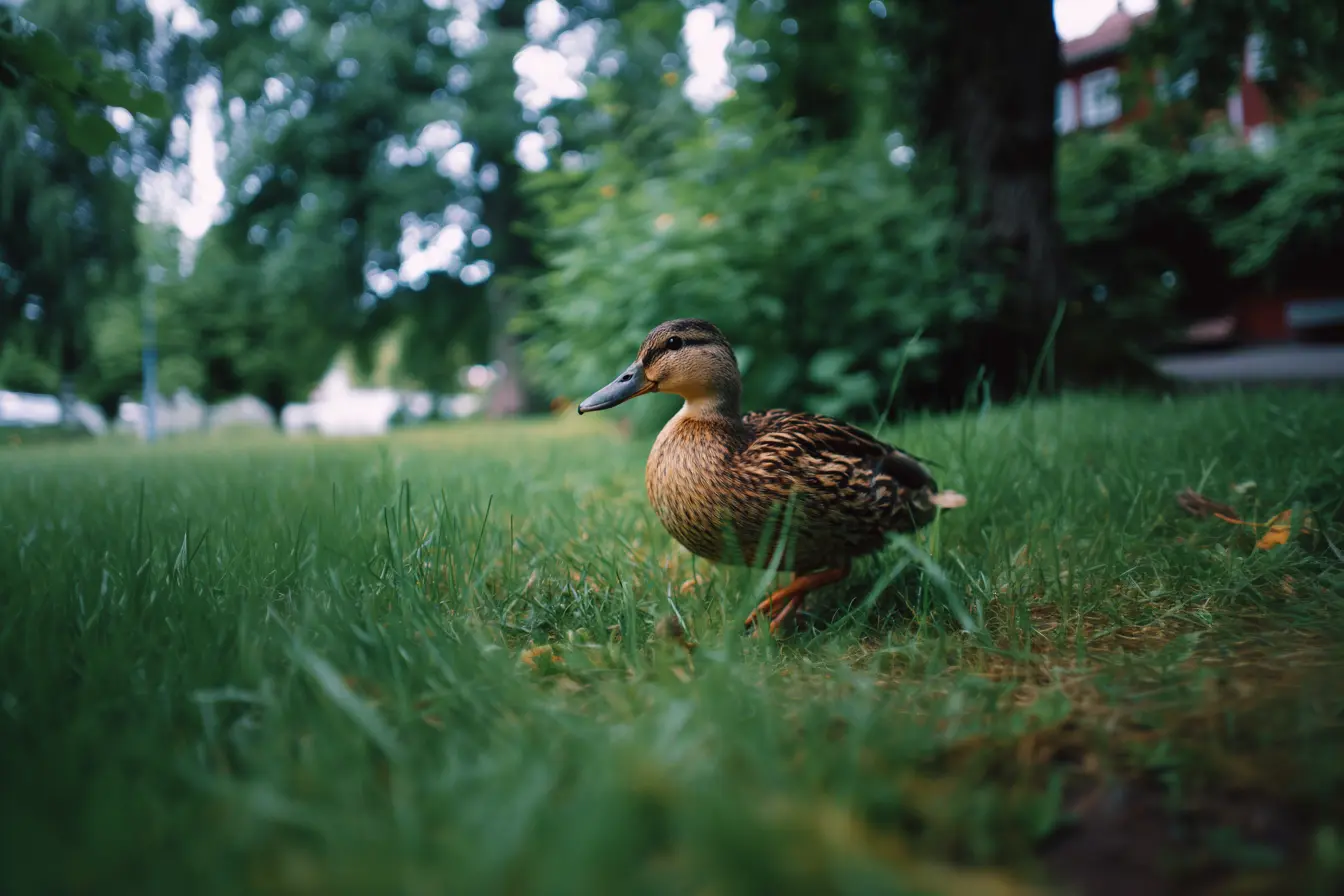
Colibacillosis in Ducks: What You Need to Know
Colibacillosis is a common yet often underestimated bacterial disease affecting ducks and other poultry. Caused by strains of Escherichia coli (E. coli), this infection can lead to serious health problems in both young and adult birds. Understanding how colibacillosis spreads, its symptoms, and the measures you can take to prevent it is crucial for maintaining a healthy flock.
What is Colibacillosis?
Colibacillosis is an infectious disease caused by pathogenic strains of E. coli bacteria. While some E. coli are harmless and naturally present in the gut, others can become opportunistic pathogens—especially when birds are stressed or immunocompromised.
In ducks, colibacillosis can cause a range of illnesses, including respiratory infections, peritonitis, septicaemia, and yolk sac infections in ducklings. It is most dangerous when it acts alongside other infections or poor environmental conditions.
Causes and Risk Factors
Colibacillosis often arises when ducks are exposed to environmental stressors that lower their immune defences. Common contributing factors include:
- Poor hygiene in housing or water sources
- Overcrowding or poor ventilation
- Sudden weather changes or cold stress
- Co-infection with viruses or parasites
- Nutritional deficiencies
In particular, ducklings and birds under stress are most at risk of developing serious complications from E. coli infections.
How it Spreads
E. coli is shed in the faeces of infected birds and can contaminate water, feed, bedding, and surfaces. It can spread rapidly through:
- Direct contact with infected faeces
- Contaminated drinking water or feed
- Airborne dust particles containing dried faeces
- Equipment or handlers carrying the bacteria between flocks
Ducks can carry and shed the bacteria without showing visible symptoms, making it easy for the disease to spread undetected.
Symptoms of Colibacillosis
Symptoms can vary depending on the age of the bird, the form of infection, and the severity. Common signs include:
- Respiratory distress (gasping, coughing, nasal discharge)
- Ruffled feathers and lethargy
- Swollen abdomen or joints
- Watery diarrhoea
- Decreased appetite and weight loss
- Drop in egg production
- Sudden death in severe cases
In ducklings, yolk sac infections and navel ill are particularly common presentations.
Diagnosis
Because the symptoms of colibacillosis overlap with many other illnesses, diagnosis usually requires laboratory testing. This may include:
- Bacterial culture from organs or faeces
- Post-mortem examination
- Antibiotic sensitivity testing
Identifying the specific strain of E. coli and its resistance profile is important for effective treatment.
Treatment and Management
Treatment typically involves the use of antibiotics, prescribed by a vet based on sensitivity testing. Supportive care is also crucial and may include:
- Fluids to prevent dehydration
- Warm, clean housing
- High-quality nutrition
However, antibiotic resistance is becoming an increasing problem, so correct diagnosis and targeted treatment are essential. Blanket antibiotic use without testing is not recommended and may do more harm than good.
Prevention and Biosecurity
Preventing colibacillosis relies heavily on good husbandry and biosecurity. Key measures include:
Clean Housing
- Regularly clean and disinfect coops, feeders, and drinkers
- Replace bedding frequently to reduce moisture and faecal build-up
Water and Feed Hygiene
- Provide clean, fresh water daily
- Avoid mouldy or spoiled feed
- Use nipple drinkers where possible to minimise contamination
Stress Reduction
- Avoid overcrowding
- Provide shelter from extreme weather
- Handle birds gently and minimise unnecessary disturbance
Quarantine New Birds
- Isolate new ducks for 2–4 weeks before introducing them to the flock
Colibacillosis vs Other Duck Diseases
Colibacillosis often occurs alongside or is mistaken for:
- Riemerella anatipestifer (New Duck Disease)
- Salmonellosis
- Pasteurellosis
- Viral respiratory infections
Accurate diagnosis is critical to distinguish it from these conditions and ensure the right treatment plan is followed.
Key Takeaways
- Colibacillosis is a bacterial disease caused by pathogenic E. coli
- It can affect the respiratory system, yolk sac, joints, and more
- Symptoms include respiratory issues, diarrhoea, and lethargy
- Prevention is better than cure—focus on hygiene, stress reduction, and biosecurity
- Veterinary diagnosis and antibiotic sensitivity testing are key to successful treatment
Final Thoughts
Colibacillosis can be a major health challenge for duck keepers, especially in young birds or under poor environmental conditions. But with proper management, hygiene, and preventative care, outbreaks can be minimised or avoided altogether. If you suspect colibacillosis in your flock, consult a poultry vet promptly for accurate diagnosis and treatment.
Vets near you
Speciality vets
- Aquatics vet specialists
- Birds vet specialists
- Camelids vet specialists
- Cats vet specialists
- Cattle vet specialists
- Deer vet specialists
- Dogs vet specialists
- Equines vet specialists
- Exotic vet specialists
- Goats vet specialists
- Pigs vet specialists
- Poultry vet specialists
- Sheep vet specialists
- Small Mammals vet specialists
- Wild vet specialists



